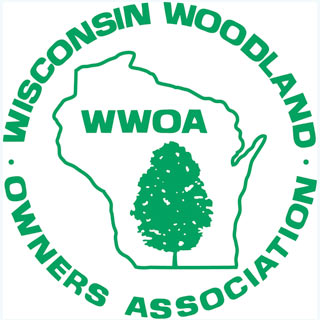NRCS Wisconsin Offers $7 Million for the Emergency Watershed Protection Program-Floodplain Easements
Apply Now, Until September 30 to be Considered for Funding
Due to the recent catastrophic flooding events, Congress has provided the U.S Department of Agriculture Natural Resources Conservation Service in Wisconsin with over $7 million for the Emergency Watershed Protection Program-Floodplain Easements (EWPP-FPE). The program’s focus is to provide landowners with another option for those frequently flooded agricultural fields. Forested land, fallow land and pasture are also eligible, either alone or as part of a larger parcel, however, flooded cropland in the floodplain is the program’s primary focus.
“Given the disastrous flooding in recent years and the impact it has had on agriculture in Wisconsin, this may provide some relief to landowners struggling with lowland crop fields.” said Angela Biggs, State Conservationist in Wisconsin.
The EWPP-FPE program is not a Farm Bill program. Landowners who are not eligible for Farm Bill programs because of their high adjusted gross income may be eligible for EWPP-FPE. In addition, landowners who have not complied with wetland or erosion protections may also be eligible.
The program offers permanent easements to landowners to permanently retire marginal cropland and other associated land back to its natural habitat. Landowners are paid the lesser of: an area wide market analysis which give an average payment for certain land types, a landowner offer or an appraisal. The costs of all restoration practices are also paid for through the program.
The first application cutoff is September 30, 2019, with 2019 projects selected in mid-November. “If landowners submit far more applications than we can fund, we will request more funding in the coming months, so there may be more opportunities next year,” said Greg Kidd, Assistant State Conservationist for Easements in Wisconsin.
To apply for the program, landowners can complete form 1153 available online at USDA-eforms or at their local USDA Service Center. In addition, proof of recent flooding from the last year or flood damage at least twice within the last 10 years with photos, insurance claims or FSA disaster assistance requests and a map with the proposed easement area are required. “We are working on our evaluation of the ranking tool now. While other land is eligible, active, lowland cropland will be our focus to reduce long term losses,” said Kidd.
You can contact your local USDA Service Center or Greg Kidd, greg.kidd@usda.gov, for more information.
#
